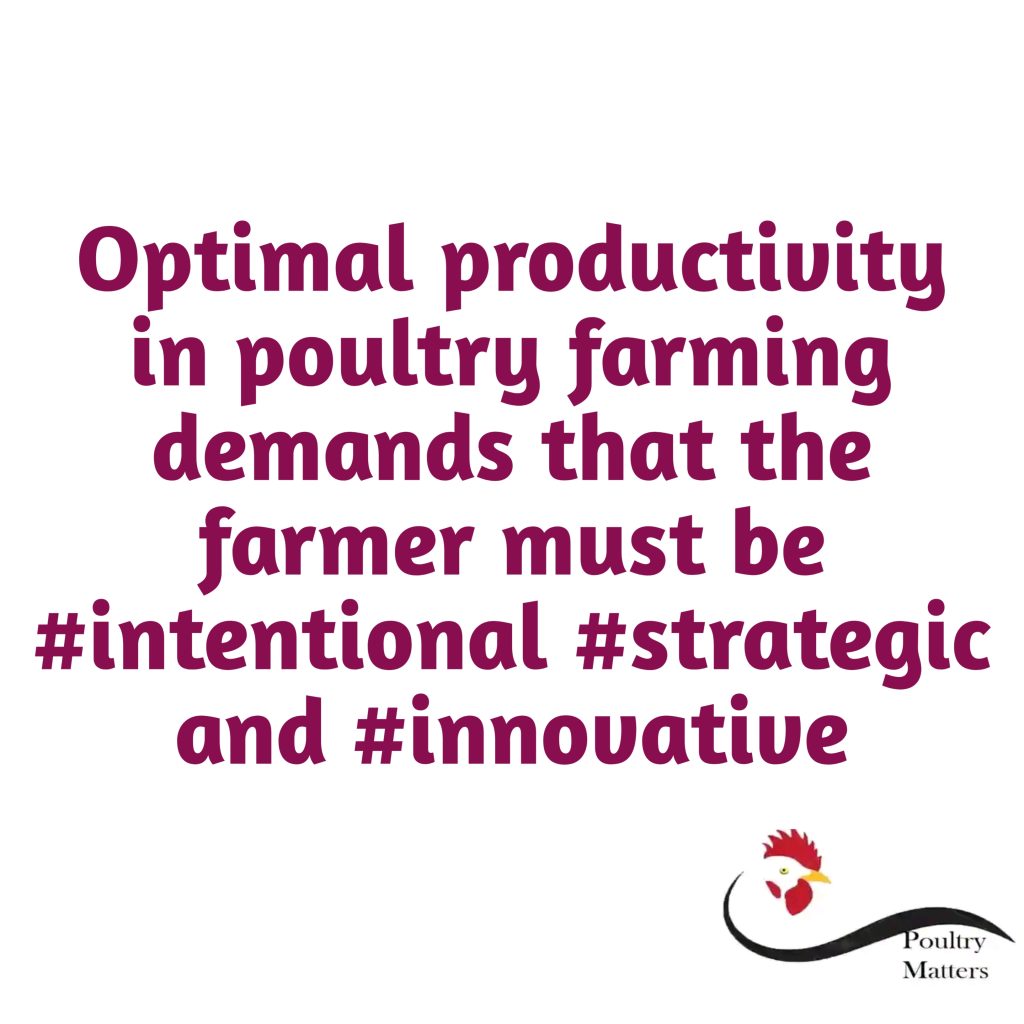Smart Ways To Increase Productivity In Your Layer Birds Farming
Optimal productivity in layers farming goes beyond just feeding the birds and collecting eggs. To truly run a profitable and sustainable layer birds farm, the farmers must be intentional, strategic, and innovative in their approach. Whether you’re running a small-scale backyard operation or a large commercial farm in your layer birds farming, these smart practices can significantly boost egg production and overall farm performance.
1. Start with Quality Stock – The foundation of optimal productivity in layers is having high-quality birds. Always purchase your pullets or day-old chicks from reputable hatcheries known for producing healthy and genetically sound birds with high egg-laying potential. Furthermore, it is recommended that you:
- Choose breeds known for their egg-laying ability, such as the ISA Brown, Hy-Line, or Lohmann.
- Inspect birds properly for signs of good health and avoid birds with visible deformities or signs of disease.
Read more – https://poultrygist.com.ng/2024/07/factors-to-consider-when-buying-poultry-birds/
2. Provide Balanced Nutrition – Feed is the largest cost in poultry farming, and rightly so—because it directly affects productivity, therefore, for optimal productivity, the farmer must:
- Layer Feed Formula: Ensure your birds are fed with feed specifically formulated for layers. It should be rich in protein, calcium, and essential minerals needed for egg production.
- Supplement Smartly: Add grit, calcium supplements (e.g., oyster shells), and vitamins where necessary to support shell strength and overall health.
- Consistent Feeding Schedule: Maintain regular feeding times to avoid stressing the birds.
Read more – https://poultrygist.com.ng/2025/04/layer-birds-feeding-providing-age-appropriate-nutrition/
3. Maintain Optimal Lighting – Light plays a key role in egg production. Layers require about 16 hours of light daily to stimulate consistent egg-laying. Therefore, the farmer –
- In seasons with shorter daylight hours, use artificial lighting to complement natural light.
- Use warm-colored LED or fluorescent bulbs for uniform brightness.
4. Ensure Proper Housing and Ventilation – Birds thrive in a clean, comfortable, and well-ventilated environment. The farmer must –
- Space Management: Avoid overcrowding. Overcrowded birds usually are stressed and less productive.
- Ventilation: Proper airflow helps remove excess heat and moisture, reducing respiratory diseases.
- Bedding and Cleanliness: Clean the coop regularly and change litter to prevent disease outbreaks
NB: Disease is a major reason for poor productivity and growth in the birds
5. Implement Robust Biosecurity and Health Management – Healthy birds are productive birds. Disease prevention is always more cost-effective than treatment. Therefore, the following are mandatory –
- Vaccination: Follow a strict vaccination schedule to protect against common poultry diseases.
- Regular Health Checks: Monitor for signs of illness, such as droopiness, loss of appetite, or reduced egg production. Don’t delay control action(s) when the undesired is noted.
- Biosecurity Measures: Limit visitors, disinfect equipment, control rodent and pest access.
6. Provide Clean Water Always – Water is essential for digestion, feed utilization, and egg formation. Lack of clean water leads to poor feed conversion and reduced laying performance. Therefore, the farmer must provide fresh, clean water at all times and ensure water is not too hot or too cold.
7. Monitor and Record Farm Data – Tracking bird performance helps you identify what works and what does not, therefore, correct documentation of specific farm activities is necessary –
- Record daily feed intake, egg count, mortality, and any health issues.
- Use this data to analyze trends and adjust management practices accordingly.
8. Reduce Stress Factors – Stress negatively impacts egg production,. Common stressors include noise, sudden changes in temperature, predators, and poor handling. Therefore to achieve optimal productivity in your layers, it is essential to:
- Handle birds gently.
- Minimize loud noises and abrupt environmental changes.
- Provide shades or fans during extremely hot weather.
9. Cull Unproductive Birds – Regularly identify and remove birds that are not laying or are unhealthy from among the flock, because :
- Keeping unproductive birds only increases farm operational cost without returns.
- Timely culling allows you to maintain a high-performing flock and improves overall productive output.
10. Explore Value-Added Services – To increase profitability, consider adding value to your eggs with the following ideas –
- Brand your eggs for local supermarkets or neighborhood sales.
- Offer delivery or home packaging.
Conclusion – Smart farming is about applying knowledge, technology, and strategy to improve output and profitability. By implementing these smart practices, you not only improve the health and productivity of your layer birds but also position your poultry farm as a sustainable and profitable venture.
Remember, consistent monitoring, timely interventions, and a proactive mindset are the keys to optimal productivity and long-term success in poultry farming
Have you found this useful – Share with us how this has helped you
Do you need any help on your farm – reach out to us, comment below, it will be our pleasure to help you.
Cheers to productive poultry farming.

